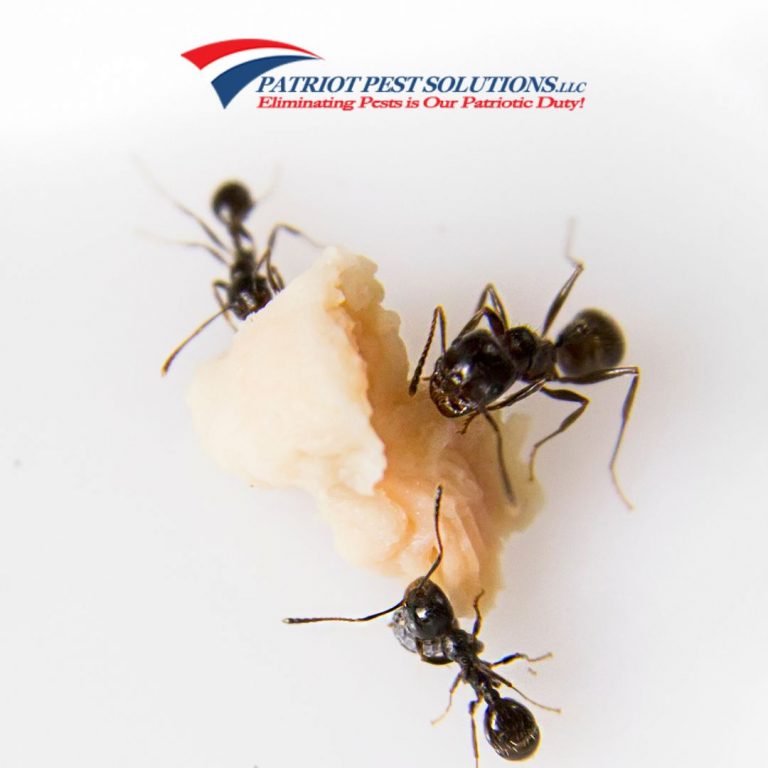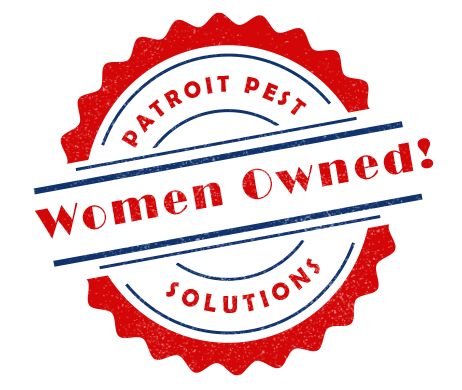Pennsylvania is home to a variety of ant species, some of which can become common pests in residential and commercial settings. These tiny insects may seem harmless, but they can quickly infest homes, contaminate food, and cause structural damage. It is essential to identify the common pest ant species in Pennsylvania to effectively control and prevent their infestations. In this article, we will explore the most prevalent ant species found in Pennsylvania and discuss their characteristics, habits, and potential control methods.
The Common Pest Ant Species that are in Pennsylvania
Ant species vary in behavior, nesting habits, and preferred food sources. Understanding the different ant species that commonly infest Pennsylvania will help homeowners and pest control professionals implement appropriate measures to manage their populations. Let’s delve into some of the most common pest ant species found in Pennsylvania:
1. Odorous House Ants (Tapinoma sessile)
Odorous house ants, also known as sugar ants, are a common pest in Pennsylvania. These ants emit a distinct odor when crushed, often described as a “rotten coconut” smell. They are small, measuring around 1/8 inch in length, and vary in color from dark brown to black. Odorous house ants are typically found in kitchens and bathrooms, searching for sweet and greasy food sources.
2. Carpenter Ants (Camponotus spp.)
Carpenter ants are another prevalent ant species in Pennsylvania, known for their ability to cause structural damage. These ants are larger than odorous house ants, ranging from 1/4 to 1/2 inch in length. Carpenter ants are typically black but can have reddish or yellowish coloration as well. They excavate galleries in wood, which can weaken structures over time. Carpenter ants are often found near water sources and damp areas.
3. Pavement Ants (Tetramorium caespitum)
Pavement ants are small ants commonly found in Pennsylvania. They are dark brown to black in color and measure about 1/8 inch in length. Pavement ants derive their name from their nesting habits, often establishing colonies under sidewalks, driveways, and building foundations. These ants are opportunistic feeders and can invade homes in search of sugary foods, proteins, and fats.
4. Acrobat Ants (Crematogaster spp.)
Acrobat ants are named for their unique behavior of raising their abdomen over their thorax when disturbed, similar to a gymnast performing a somersault. They are light to dark brown in color and measure around 1/8 to 1/4 inch in length. Acrobat ants nest in various locations, including tree cavities, wall voids, and damaged wood. They can also establish satellite colonies indoors, making them a nuisance for homeowners.
5. Thief Ants (Solenopsis molesta)
Thief ants, also known as grease ants, are tiny ants measuring only 1/16 inch in length. They are light yellow to brown in color and often nest close to other ant colonies. Thief ants are attracted to fatty and greasy foods, making kitchens and pantries their primary targets. Their small size allows them to access sealed containers, making them difficult to control.
6. Red Imported Fire Ants (Solenopsis invicta)
While not native to Pennsylvania, red imported fire ants have been introduced to some areas and can pose a threat. These aggressive ants have a reddish-brown color and range from 1/8 to 1/4 inch in length. Red imported fire ants construct large mounds in open areas and can deliver painful stings when disturbed. Their stings can cause allergic reactions in sensitive individuals, making their presence a concern.
7. Pharaoh Ants (Monomorium pharaonis)
Pharaoh ants are small, light-yellow ants measuring around 1/16 inch in length. They are known for their ability to establish large colonies, often nesting in warm, humid areas. Pharaoh ants are a significant nuisance in hospitals, nursing homes, and other healthcare facilities, as they can contaminate sterile environments. They are attracted to sugary foods and can quickly infest kitchens and pantries.
8. Citronella Ants (Lasius spp.)
Citronella ants are light to dark brown ants that emit a lemon-like odor when crushed. They are larger ants, ranging from 1/4 to 3/8 inch in length. Citronella ants primarily nest in soil and are typically found near foundations and concrete structures. While they do not pose significant threats to humans, their presence indoors can be alarming and require professional control measures.
9. Allegheny Mound Ants (Formica exsectoides)
Allegheny mound ants are large, reddish-brown ants that construct noticeable mounds in open areas such as lawns and fields. These ants are primarily found in rural areas of Pennsylvania. Allegheny mound ants are not considered indoor pests but can be a nuisance when their mounds disrupt landscaping or when they forage for food around homes.
10. Little Black Ants (Monomorium minimum)
Little black ants, as their name suggests, are small, shiny black ants measuring around 1/16 inch in length. They are common household pests and can quickly establish colonies indoors. Little black ants are attracted to sweets and are often found foraging in kitchens and pantry areas. Their small size allows them to access even the tiniest cracks and crevices.




